The history of kratom’s long path to (mostly) legality shows us that if done right, fighting against prohibition can actually lead to wins. But to truly fight these battles, we can’t fall into the trap of psychedelic elitism.
Ever since Westerners first encountered psychedelics, they have been prohibited, demonized, and considered unfit for civilized folk. Beginning with Columbus’s first encounter with psychedelic-snuff-using natives in Hispaniola, this class of psychoactives has always been relegated to the underground. (Ott, 11) While the recent emergence of psychedelic commercialization and medicalization marks our first flirtation with aboveboard operations in nearly 50 years, psychedelic advocates are all too familiar with prohibition after 500 years of psychedelic distrust and drug war assaults.
The road to our blossoming revival of psychedelic culture has been filled with tragedy and struggle. Even with the decriminalization of some psychedelics in select cities, most Americans cannot trip without the fear of losing their freedom. We are criminalized for possessing a portal to an unordinary state of consciousness. Undoubtedly, psychedelic prohibition has brought with it the tragic ruination of thousands of lives. Passionate advocates, then, have a chip on their shoulder – an urge to close the chapter on the long history of the Western demonization of psychedelics.
For many, this is a noble and moral goal. Yet in shedding the chains of prohibition, we must ensure that we thoroughly scrub ourselves clean of it. In our desperation to leave our struggle behind, we must not fall into the trap of a prohibitionist mindset.
Psychedelics are not becoming legal and mainstream because they are “good drugs” in contrast with the rightfully-prohibited “bad drugs.” There is no such distinction, and it was prohibition which constructed the illogical demarcation between “good” and “bad” drugs in the first place. As the Swiss alchemist Paracelsus mused many centuries ago, the difference between a medicine and a poison is the dose – not whether or not it occasions a psychedelic experience.
What is Psychedelic Elitism and Why is it Bad for the Anti-Prohibitionist Movement?
Despite emerging from the same struggle against prohibition that most other “drugs” face, the narrative around psychedelic legalization has often included an attitude which can be termed “psychedelic elitism.” Psychedelic elitism is the belief that psychedelic drugs (psilocybin, LSD, etc.) are harmless and beneficial, and used by responsible, upstanding citizens; whereas other drugs (such as PCP, methamphetamine, or heroin) are bad, inherently dangerous, and only used by the lowest characters in society. As such, psychedelics are seen as wrongfully prohibited, while other drugs are rightfully prohibited.
Dr. Carl Hart’s 2019 presentation at the Horizon’s Conference in NYC directly touched upon this issue. He warned that any internalization of the prohibitionist mindset would be counterproductive to our overarching goals of creating a more just and equitable society. All drugs, removed from their social context, have potential for both good and bad reactions. For example, in mainstream narratives, psilocybin is used by affluent professionals and underlies the business model for publicly-traded companies, whereas methamphetamine is only used by impoverished individuals without social status. So psilocybin is associated with success and health, while meth is associated with ruin and sickness. This narrative holds sway despite the fact that methamphetamine is legally prescribed under the name Desoxyn, which has helped countless patients live a better life – very much confusing the moralizing mindset which demonizes some drugs but not others.

Psychedelic experiences can be freeing, euphoric, problem-solving, pain-reducing, easy going, recreational, creative, therapeutic, medicinal, spiritual, ad infinitum. While these qualities drive our passion for psychedelic advocacy, we should keep in mind that the broader category of psychoactive substances, including non-psychedelic drugs (a category which is largely arbitrary and subjective), can also bear these same positive traits. Therefore, they should be included in our struggle against prohibition.
Any drug, psychedelic or non-psychedelic, can also be indicted in unpleasant experiences as well. It seems, rather clearly, that psychedelic elitism comes from a positive drug experience with what happened to be a psychedelic. With this experience, part of the propagandist veil which obfuscates our understanding of how drugs affect us individually and on a societal level falls away. We become acutely aware that a drug – in this case a psychedelic – can have a positive effect; a profoundly different narrative than the one peddled by prohibitionists. Yet this newfound knowledge of the contradiction is internalized as simply: “Psychedelics are good.” There is rarely any further research to see if the prohibitionists were lying about all drugs or just psychedelics.
Anti-prohibitionism
Psychedelics are worth advocating for, but this should never be done at the expense of other substances and their consumers. Removing the risk of imprisonment for psychedelic users but retaining it for other illicit drug users is hypocrisy at its finest. Allowing individuals and organizations to make exorbitant profits with psychedelics while forcing illicit drug merchants into the unregulated underground perpetuates unnecessary user risk while furthering the divide between the wealthy and the poor.
Prohibition didn’t originate to prevent the so-called “menace of drugs on society.” Rather, it was enacted to broaden the range of authority held by law enforcement. From its origin in the Harrison Act of 1914, prohibition has been about power and control – usually with a racial slant. The Harrison Act was passed to regulate and tax opium and coca imports in the US. This effectively made it impossible for Chinese immigrants to procure opium legally, thus making opium users liable for arrest. Cocaine was described in the press as giving superhuman strength to black men while simultaneously making them belligerent and violent. From the get-go, prohibition has never been about protecting people, but rather about protecting the status of the dominant class.
Selectively opposing psychedelic prohibition may be easier than challenging the entire status quo. Focusing on psychedelics means you don’t have to learn about other drugs and why people choose to take them. And speaking out in favor of psychedelics has become increasingly in vogue. In many places you will be positively received when opening up about your psychedelic drug use. But by including all drugs in the fight against drug prohibition, we can selflessly aid others and reduce overall ignorance of pharmacology while raising awareness of sociocultural inequity.
We should step back and remember why we oppose the prohibition of psychedelics in the first place. If we are committed to fighting for freedom of choice, the reduction of non-violent prison sentences, and the liberty to alter one’s consciousness as one pleases, then complete anti-prohibitionism is necessary. What I hope to convey is that being a psychedelic advocate should be no different than being an anti-prohibitionist. Both fight for freedom, the right to dictate one’s own consciousness, and the end to unnecessary violence instigated by the war on drugs.
An extremely relevant case study in fighting prohibition (and winning) can be found in the story of the Southeast Asian tree leaf, kratom.
What is Kratom?
Kratom, or Mitragyna speciosa, is the leaf of an evergreen tree that grows from the base of the Himalayas to the Pacific Islands of Southeast Asia. In Thailand, there is written historical evidence of kratom’s use since the mid-17th century, but many believe it has an undocumented history of use dating back thousands of years.
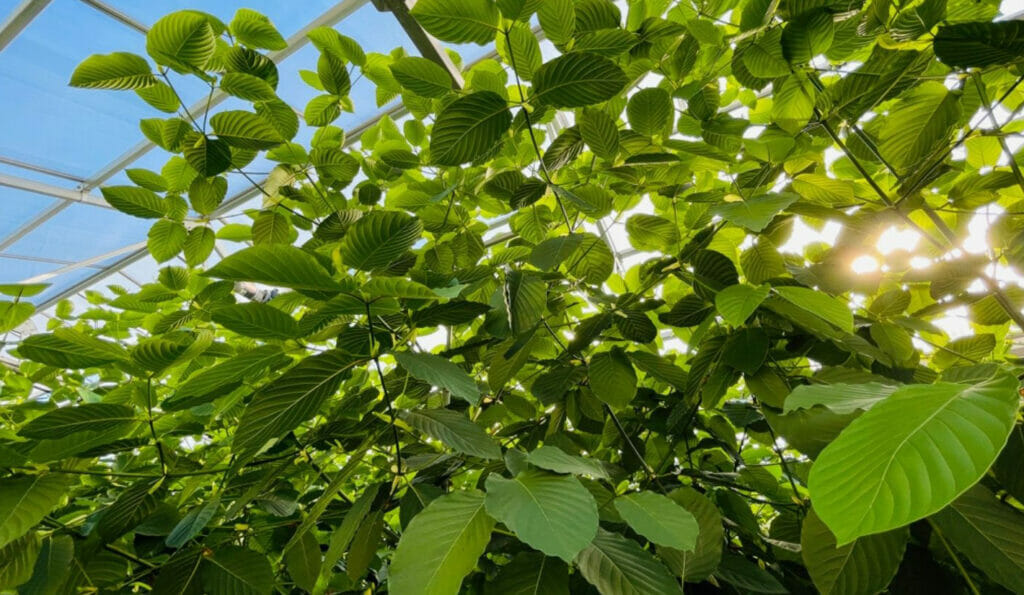
Kratom also has a therapeutic folklore associated with it. A 350-year-old Buddhist temple in Thailand has a message etched in stone recommending kratom for diarrhea. In the “Hamilton’s Pharmacopeia” episode on kratom, a farmer mentions that he reaches for kratom leaves to help with coughing.
Thailand has the richest history of kratom use among the Southeast Asian countries where kratom trees grow and traditional use centers around the common laborer. Regardless of what kind of manual work they are performing; the scorching heat, unremitant sun, and long days wear on Thai workers. They chewed kratom long before coffee was introduced to the peninsula, with kratom leaves or tea serving the same purpose of energizing them and pushing them through the physical discomfort of hard work.
Kratom use originated as simple plucking and chewing of the tree’s leaves. People pick a leaf from the tree, tear the stem from the leaf, roll it into a quid, insert the quid into their mouth and lightly chew on it. They express the juices from the leaf for a little less than a minute, letting the juices come into contact with the mucus membrane, before the leaf is spat out and discarded. This chewing and spitting act can be repeated multiple times throughout the day as desired.
Another popular way to consume kratom is as a tea. Usually, teas are brewed for social settings or to be sold in the bazaar. Leaves are taken from the tree and added to a pot of water, which is left to simmer over a fire for around three hours. In the marketplace, kratom tea is frequently sold in plastic bags to customers who seek it with the same intent as an American Starbucks patron – for the boost. There are also groups of friends who gather in the evenings to drink a shared cauldron of tea that they make over a fire. At this time of day, the tea isn’t meant to give an energizing kick, but rather to be drunk socially while taking it easy and relaxing. Consuming a larger portion actually provides an effect opposite to the one desired when laboring.
Kratom has a unique response curve depending upon how much is consumed. One or two tea bags or anything under five or six chewed leaves may have an energizing effect, while stronger tea (or tea consumed in larger quantities) may have an unwinding and sociable effect while comforting the whole body.

Kratom and Prohibition
Despite the abundance of native ethnopharmacological options, many Thai citizens were regular opium users in the early 20th century. The opium trade was blessed by the Thai government, and a 20% tax was passed onto the consumer. By 1940, it was estimated that between 8%-20% of all tax revenue in Thailand came from opium.
In 1942, however, Thailand declared war on Allied forces and entered World War II. With war came economic hardship, and in 1943, the Thai government noticed that their opium tax revenue had plummeted. Usually, opium taxes were a fairly constant source of revenue for the government, as consumers maintained their use continually to avoid withdrawal symptoms.
Following an investigation in 1943, the Thai government realized that their former opium taxpayers had switched from state controlled opium to locally-growing kratom after someone had discovered that chewing on kratom or drinking kratom tea allowed them to stop using opium without unpleasant side effects. The word got out and spread like wildfire.
In a special meeting on January 7th, 1943, Police Major General Pin Amornwisaisoradej, a member of the House of Representatives from Lampang, stated “Taxes for opium are high while kratom is currently not being taxed. With the increase of those taxes, people are starting to use kratom instead and this has had a visible impact on our government’s income.” Later that year, kratom was made illegal, marking its first encounter with prohibition. In the 1970s, the war on kratom escalated, and the law changed to require that all kratom trees in Thailand be chopped down. Thousands of people were imprisoned and had their lives ruined, while many more were negatively impacted in other ways.
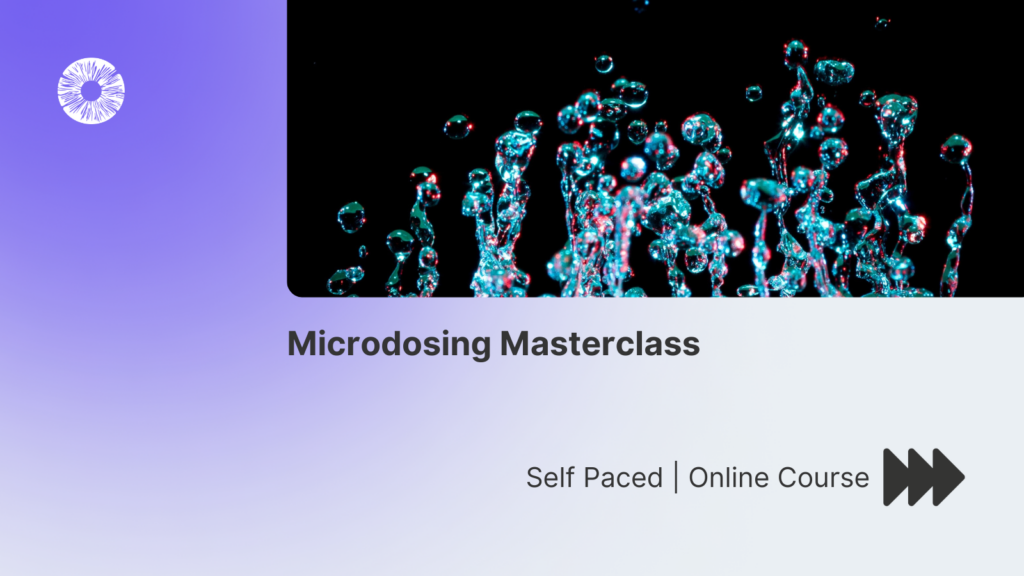
Terence McKenna and Kratom
In 1987, Terence McKenna was approached by a magazine called Trip to write a column called “Our Man in Nirvana.” McKenna was to be sent to remote locations around the world to relax and report back on the local culture. The magazine closed its doors shortly after he started writing for the column, but he had been sent to Thailand on the magazine’s dime, and had produced a brief article from his journey.
Ever the curious adventurer, he sought out kratom while in Thailand, which he had read about in Richard Evans Schultes’ book, The Botany and Chemistry of Hallucinogens. Impressed with the leniency of Thai culture and permittance of drug manufacture and use – especially heroin – Terence was intrigued as to why the kratom tree was illegal.
According to Terence, “We put out the word, and lo and behold, we got samples of this plant – rootstock. And it was very hush-hush. Everyone was either giggling or looking at us with thin, hard expressions as we scored this plant.” He took the rootstock back to Hawaii and made it “available for certified phytochemists and biochemical researchers to determine what this thing is.” Remarkably, this makes McKenna perhaps one of the earliest kratom vendors in the United States.
Still intrigued by the mystery of kratom prohibition, McKenna continued to look into the issue. Finally he heard a theory that registered with him. “What we learned as we made our way towards it was why it’s illegal. It’s illegal because it inhibits and interferes with heroin addiction.” Referencing how Thailand exported up to “one third of the world’s heroin,” he hypothesized that perhaps the reason it was illegal was due to its threats on their legal opioid industry. “So, who knows, you know, if this is true. But say it were true. So that means, you know, that this is, ethnobotanically, one of the great coups of the decade. And it explains, then, why the Thais are of such an ambivalent state of mind about it, because it’s poised like a dagger at the heart of their economic life if it’s real.”
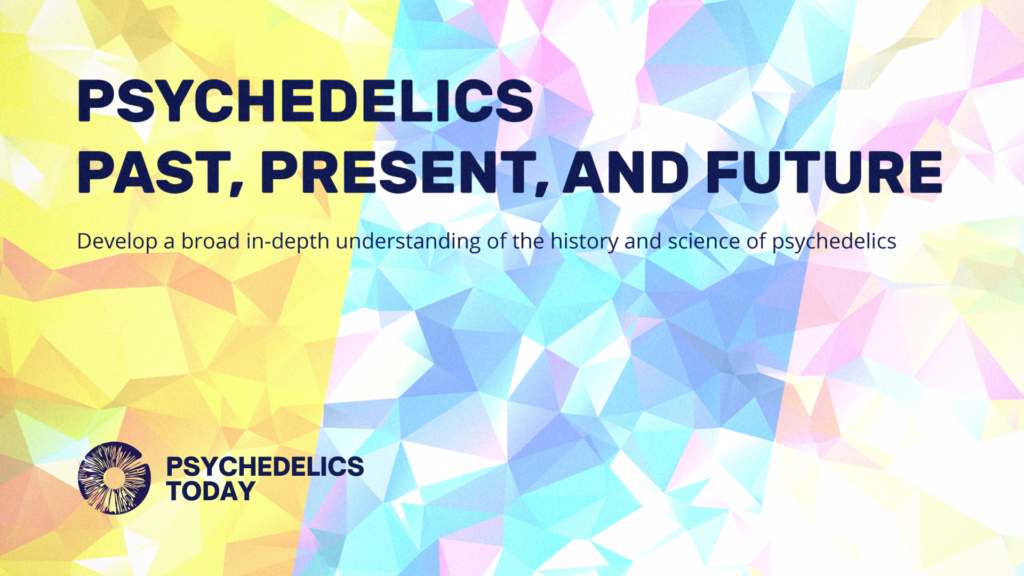
Kratom Prohibition in the United States
Americans were first introduced to kratom in the aftermath of the Vietnam war, when GIs returning from Southeast Asia brought leaves back with them. While small circles of interest developed, only hardcore nerds like Terence McKenna were speaking publicly about kratom in the 1980s.
Despite McKenna making it available to “phytochemists and biochemical researchers,” public interest in kratom grew slowly. By 2005, kratom was beginning to develop niche appeal on online bodybuilding forums, and by 2016, the ranks of American kratom consumers were swelling. More and more, people were drawn to kratom by the idea that it may give them energy, help them with an opioid use pattern that they wanted to leave behind, or act as a natural painkiller. The DEA, however, challenged these beliefs when it was announced that they would be scheduling kratom as a controlled substance in August of 2016.
Instantly, passionate kratom consumers jumped into action. Petitions were circulated that drew more than 100,000 signatures. The DEA’s bulletin, the Federal Register, was bombarded with tens of thousands of passionate stories from people recounting how kratom made their lives better. Kratom business leaders joined together to form a lobbying group called the American Kratom Association (AKA). In a short time, dozens of members of Congress, including Bernie Sanders, had written to the DEA expressing their concern that a kratom ban would cause more harm than good.
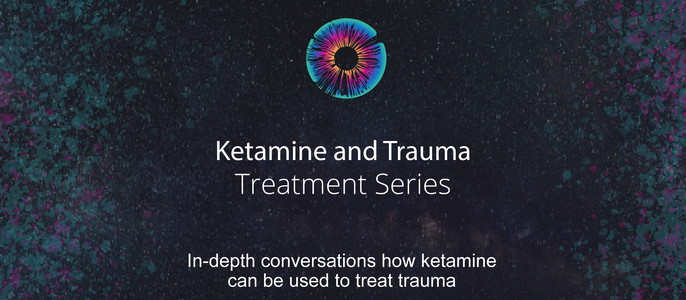
Amidst the public outcry, the DEA backtracked on their plan to schedule kratom. This marked the first instance that anything listed by the DEA to be added to the Controlled Substance Act was overturned: a monumental achievement that cannot be overlooked by those studying the history of prohibition.
The parent agency of the DEA and FDA, the US Department of Health and Human Services (HHS), reviewed the claims put forth by the DEA and concluded that there wasn’t sufficient evidence to make kratom illegal. However, following their receipt of the HHS letter, the FDA maintained for years that their official policy was that kratom was a threat to public health. It took a congressional investigation in 2020 to reveal that the executive branch’s official position on kratom was that it presented no substantiated risks, and that making it illegal would likely cause widespread social harm.
In the years that the FDA knew they were directed to not pursue kratom, they still solicited a number of local municipalities and state governments to prohibit kratom anyway. They ultimately convinced six states to make kratom illegal – Alabama, Arkansas, Indiana, Tennessee, Vermont, Wisconsin – driven by an internal, prohibitionist conviction. The AKA responded, and lobbied five states – Nevada, Arizona, Utah, Oklahoma, and Georgia – to pass protections for kratom consumers with a standardized regulatory framework to ensure the quality and safety of the sales. These legal regulations were filling the void that would normally be filled by the FDA, who, instead of focusing on protecting consumers through regulations, chose to pursue total prohibition.
The anti-prohibition trend has caught wind overseas as well. After over 75 years of prohibiting an ancient, traditional, and naturally occurring tree leaf, Thailand announced they would re-legalize kratom in 2020. Since 2021, 12,000 prisoners have been freed from their sentences related to possession or sale of kratom, and the price of a kratom leaf has dropped by 80-90%. In 2021, kratom was estimated to be a $1.3 billion dollar industry, and with an overwhelming majority of the world’s kratom being exported from Indonesia, the Thai government recognized how much money their prohibition was leaving on the table. After such positive change in global kratom acceptance, Thailand’s legalization news, however, was quickly overshadowed.
World Court
In July of 2021, kratom once again narrowly escaped prohibition. After failing to convince enough state governments to ban kratom, the FDA announced that they would be sending an official letter of recommendation to the United Nations, advising them to add kratom to the international list of controlled substances. When it was announced in the Federal Register, the kratom community was once again quick to respond.
Initially, the AKA sent out a mass newsletter to inform kratom consumers that the UN and World Health Organization (WHO) were in the process of making kratom illegal on behalf of the FDA. They concluded that the FDA was likely frustrated with the slow progress of attempts to push kratom prohibition through individual states, so they changed their strategy and decided to take their prohibitionist mission to the international level. Having failed at the federal level in 2016 and having lost the blessing of the HHS, it was no longer feasible to make kratom federally illegal.
The United States is constitutionally bound to UN declarations that it signs. Since the US signed onto the Convention on Psychotropic Substances of 1971, Congress is required to make any substance illegal that finds its way onto the UN’s list of controlled substances. This would allow the FDA and the DEA to effectively skirt the need to supply the evidence required to ban a substance in the United States, and render the failure to prohibit kratom domestically null and void.
Kratom advocates submitted over 70,000 comments against the prohibition to the FDA via the Federal Register. The AKA organized dozens of scientists and researchers to present their work on kratom to the WHO. By the time the hearing date came around, kratom advocates were ready for a fight. The strategy at the WHO meeting was to present as much evidence regarding the safety of kratom as possible, and science was on the side of kratom. Point by point, kratom advocates and scientists refuted each false claim made against kratom, proving they were unsubstantiated. On November 18th, 2021, the WHO’s Expert Panel of Drug Dependence concluded that “there is insufficient evidence to recommend a critical review of kratom.”
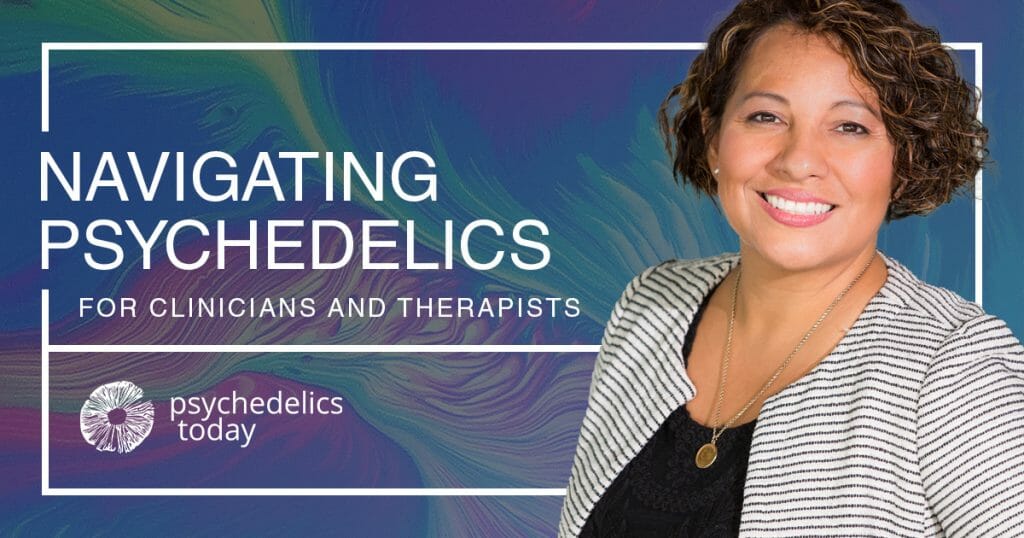
Going Forward
The kratom community and industry is working towards normalizing kratom and cementing its protection on the state level. Each year, leading kratom businesses spend millions of dollars hiring lobbyists to pressure state legislators to pass the Kratom Consumer Protection Act (KCPA), which would function similarly to state cannabis laws to protect it from federal interference (or at least attempt to).
The KCPA has a distinct focus on health and safety regulations. It recognizes that contamination and adulteration are real and dangerous, and any adverse effects resulting from contamination would be spun by the media and prohibitionists to further harm kratom’s reputation. The strategy, then, is to lean into the robust safety profile of kratom to ensure its longevity. The largest kratom businesses have also banded together to enact quality control measures and perform audits on themselves to prove that they are adhering to food grade cGMP (commercial Good Manufacturing Practice) standards. This is not a cheap or easy process, but the effort is undertaken to show in good faith that the industry is mature and responsible.
Finally, the role of normalizing the use of a substance plays a significant role in the fight against prohibitionists. Generally, getting a majority to oppose prohibition (as 91% of Americans feel towards cannabis) is the goal of all grassroots anti-prohibitionists. As such, there have been a few attempts to personalize kratom, oftentimes through pathos-driven commercials detailing the story of people who can enjoy life again because of kratom. Today, kratom is increasingly being seen as a household object, as products such as kratom tea bags grow in popularity and broaden the consumer demographic.
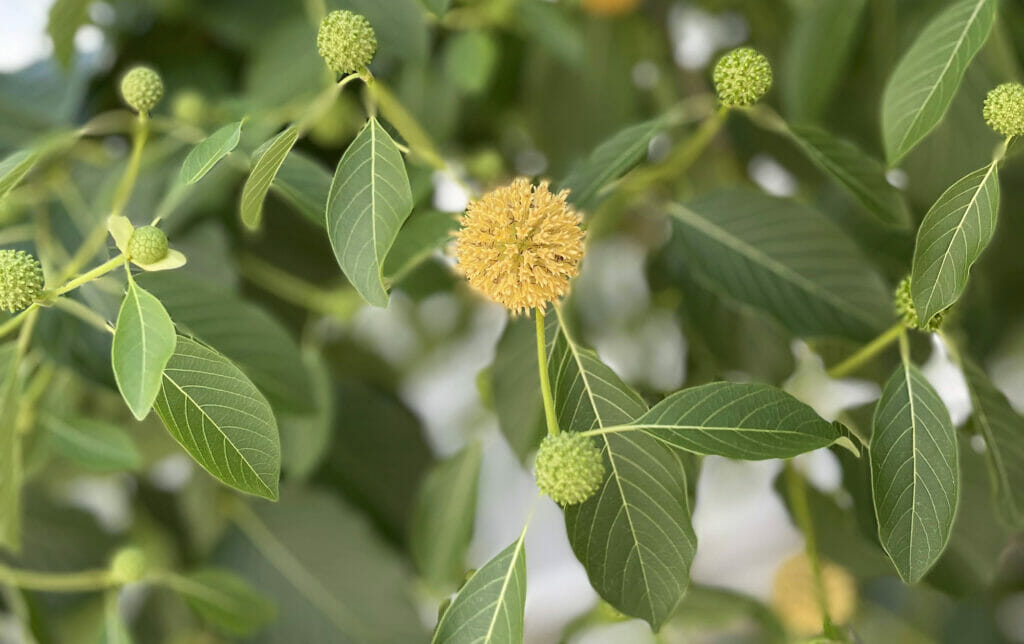
What to Learn About Prohibition From Kratom
Kratom has successfully defeated every federal prohibition attempt made against it in the United States. Six states have made it illegal, but even those states are now considering replacing their bans with the regulatory framework laid out in the KCPA. Thailand, the country with the richest history of kratom use, recently re-legalized it, likely due to the undeniable economic benefit kratom exportation would bring to their country. The WHO and UN, normally aligned on drug policy with the US, couldn’t ignore the overwhelming outpour of grassroots support and unanimous scientific consensus on the safety profile of kratom.
Still, the most impressive feat performed by the kratom community yet was defeating the DEA in 2016. Normally, the DEA has unilateral decision-making power when it comes to prohibiting substances in the United States. That kratom was able to slip their grip suggests that prohibition at large is defeatable. The methods used to defeat kratom prohibition – hiring lobbyists, mobilizing hundreds of thousands of supporters, and convincing Ph.D.s and MDs to testify – should be taken to heart by anyone who finds themselves standing up against prohibition of any sort.
At this very moment, the DEA is attempting to schedule more than half a dozen psychedelic compounds, including DOI and DOC. Together, they have been utilized in over 2,000 peer reviewed scientific publications and have been indispensable to psychedelic research. 4-OH-DiPT, 5-MeO-AMT, 5-MeO-MiPT, 5-MeO-DET, and DiPT are also slated to be scheduled soon, which would prevent further study of their effects. (DiPT, for example, causes novel auditory distortions which have the potential to elucidate the mysteries of auditory neural-processing.) Some journalists and advocates have stepped up to the plate to fight the DEA for their continuation of prohibition. However, a united psychedelic front hasn’t emerged, which kratom advocates have argued as being essential to stopping these bans.
Like psychedelics, kratom has a storied history of use. Both have been devastated by prohibition, but the true test of their merit is shown in their phoenix-like ability to continually inspire consumers to fight for their legality. Use of a substance – any substance – is not justification to imprison someone. Prohibition exponentially raises the possibility of harm that comes with consuming any substance by preventing education, quality control, and normalization. We must expand our scope to include more than psychedelics in our advocacy. Prohibition needs to end, and the clues to victory may just be found in the story of a tropical tea leaf.


